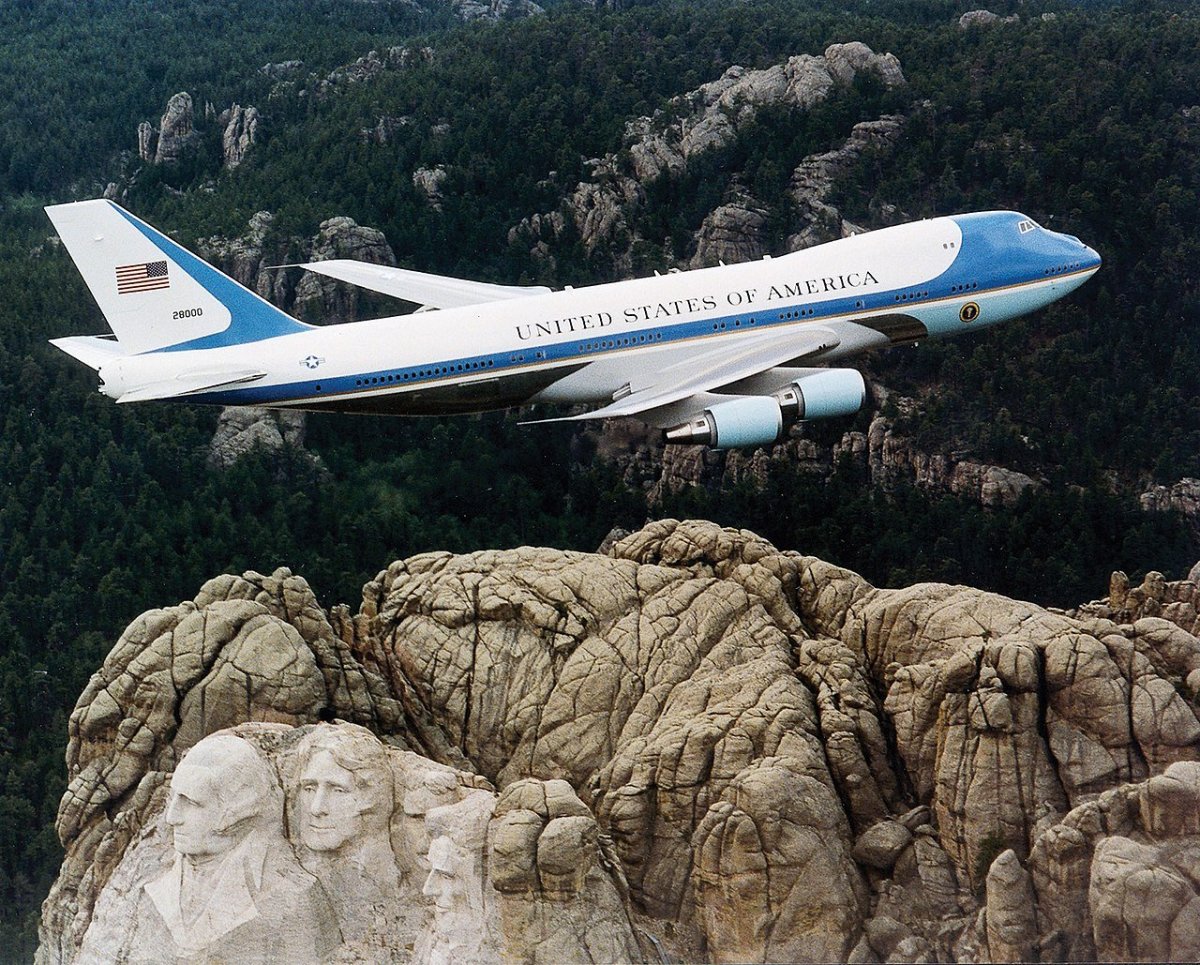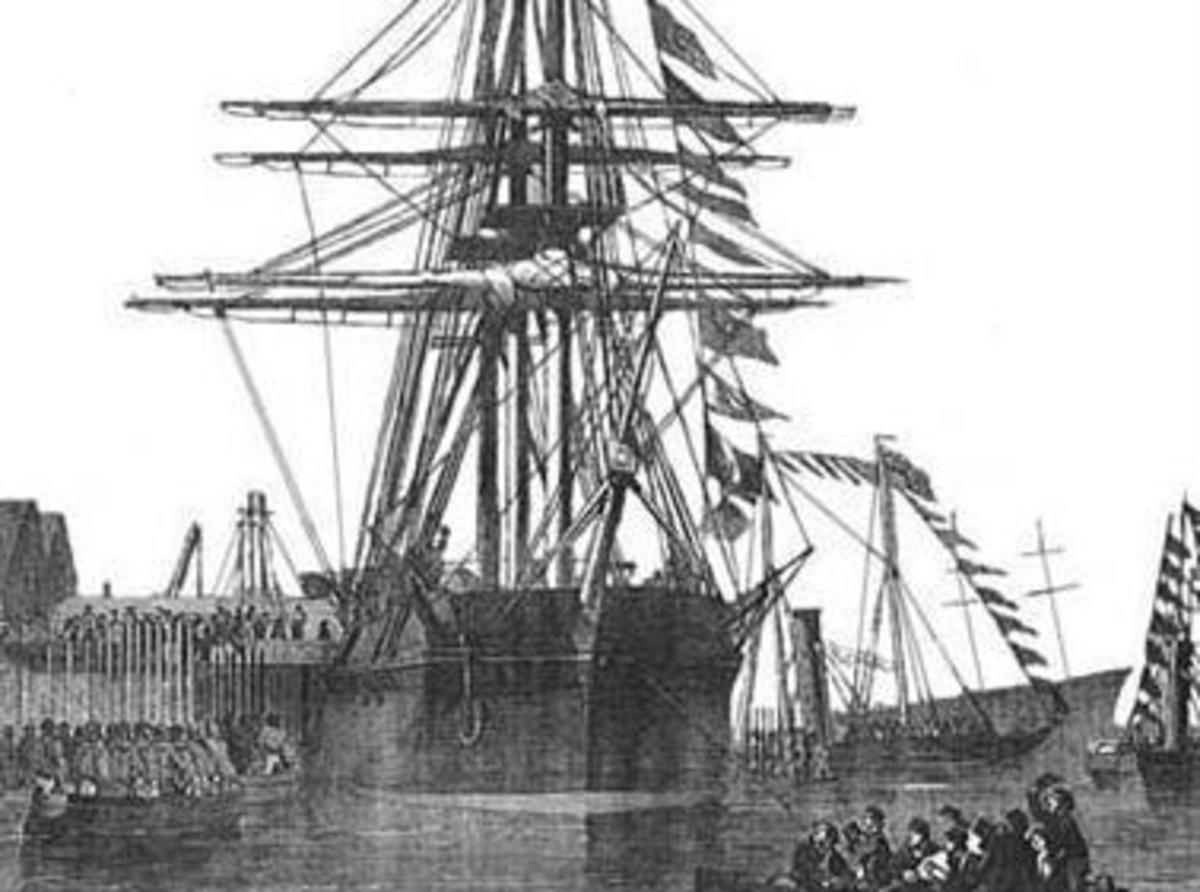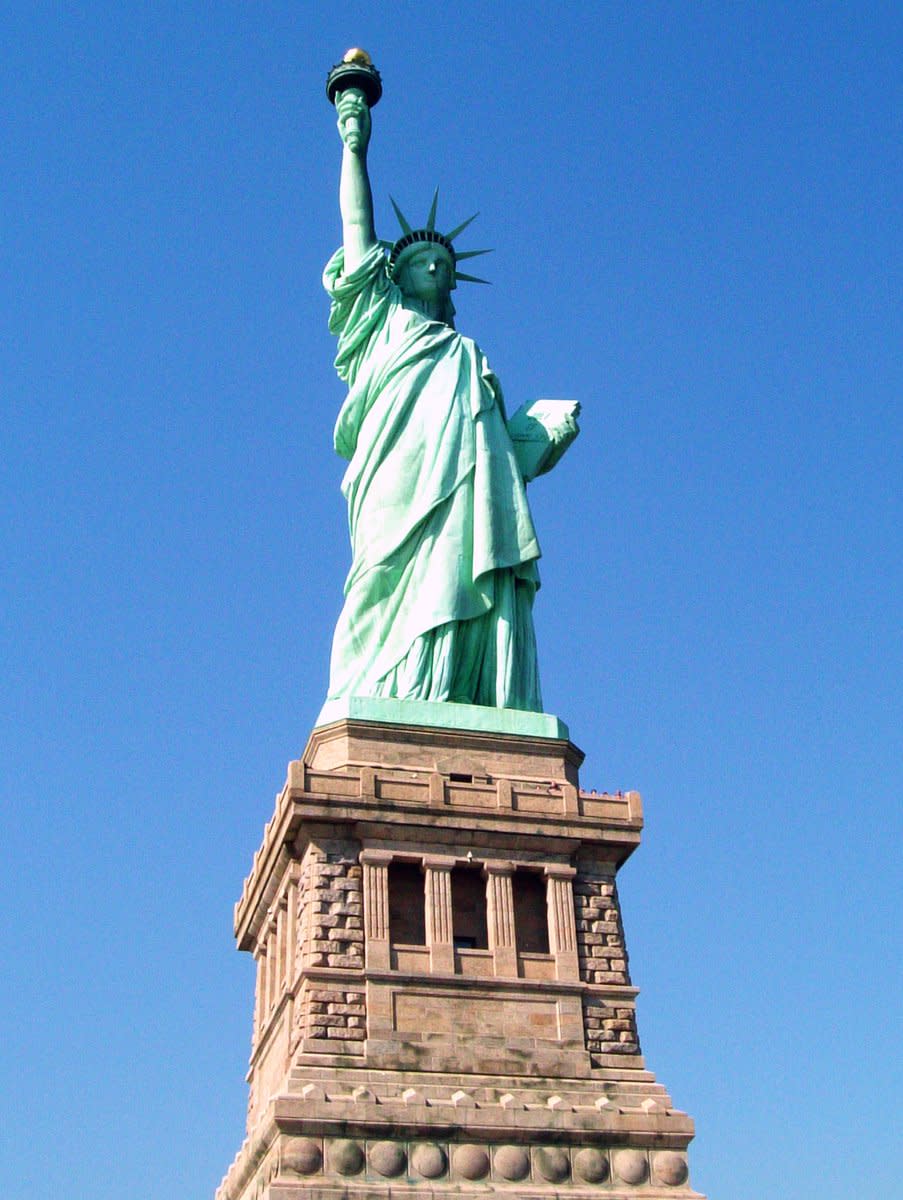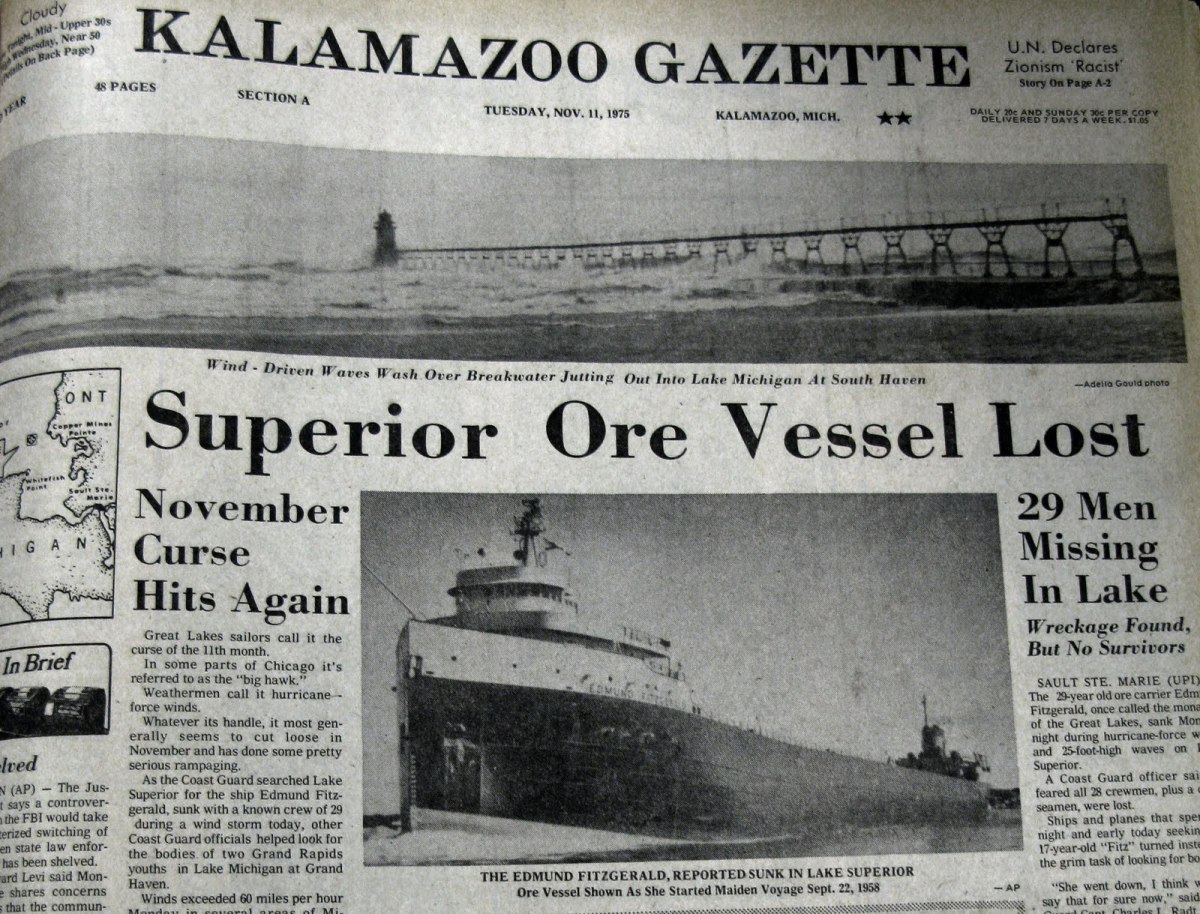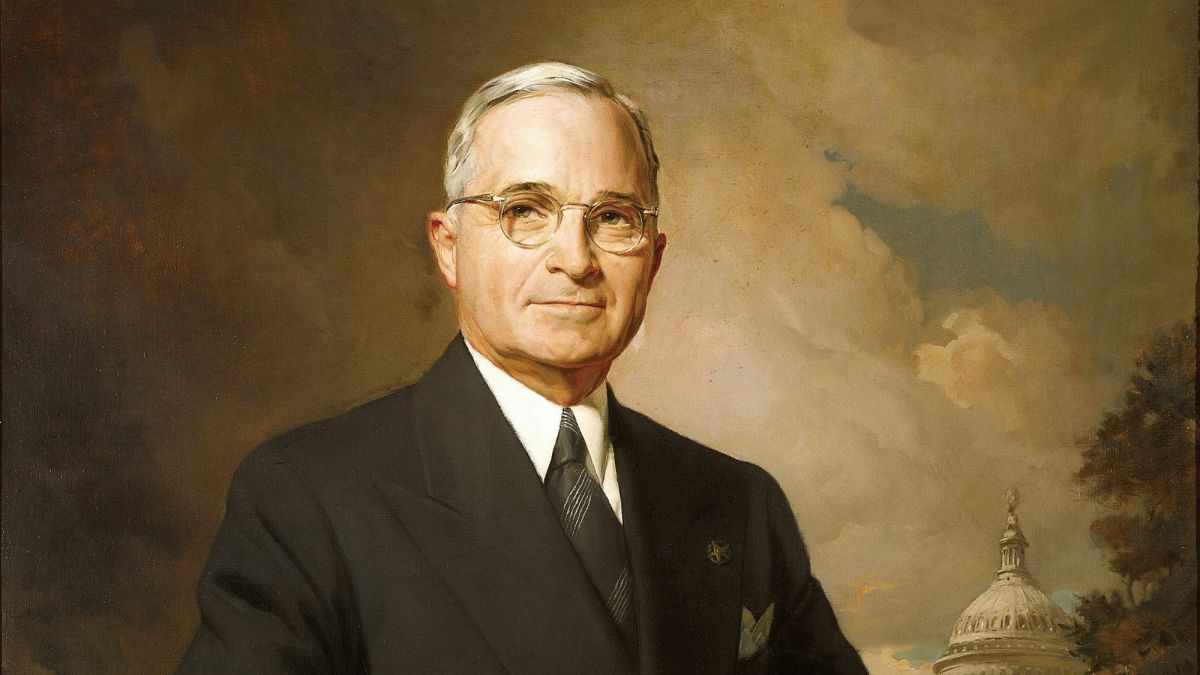- HubPages»
- Education and Science»
- History & Archaeology»
- History of the Americas
"Don't Shoot, We're Republicans!"


"Don't shoot, we're Republicans!” was a greeting often heard when the American destroyer 'William D. Porter,' which had to be the unluckiest vessel ever in the U.S. naval fleet, pulled into port. What spurred the odd hailing was a serious, but hilarious accident which the U.S. Navy kept under wraps until 1958 when a reporter covering the ship’s reunion stumbled across details of the incident, but more on that later.
The Willie Dee, as she was affectionately known, was commissioned in July 1943 and captained by Lieutenant Commander Wilfred A. Walter. During her relatively short life span the ship racked up an impressive list of unfortunate accidents unrivaled in the annals of maritime history.
A few months before she was assigned to accompany the U.S. Iowa, one of the U.S. Navy's first new World War II era battleships, across the Atlantic the Willie Dee began experiencing the first of many mishaps to plague her novice crew and other U.S. ships.
The night before embarking from Norfolk, bound for North Africa, the Willie Dee accidentally damaged another ship when backing down and the anchor ripped off the other ship's railings taking with it life rafts, life boats and other miscellaneous equipment. The Willie Dee merely suffered a scraped anchor. The legend had begun.
During a practice exercise the ill fated ship accidentally fired a live torpedo at the U.S. Iowa. It might not have been so bad had President Franklin D. Roosevelt, most of his cabinet and numerous high ranking military officers not been aboard. The party was enroute to Tehran where Roosevelt was to meet with Stalin and Churchill.
Because of their secret cargo and the fact they were traveling through known U-Boat infested waters, the Willie Dee and others in the convoy had been ordered to maintain strict radio silence. The radio remained silent; however the Willie Dee accidently dropped a depth charge on which the safety had not been engaged. The subsequent explosion dashed all hopes of traveling incognito and Captain Walter saw his naval career unraveling before his very eyes.
Not long afterwards a huge freak wave poured over the ship’s deck and washed everything not lashed down overboard, including one sailor who was never found. Then one of the boilers lost power. By this time Captain Walter had become preoccupied sending hourly reports to the U.S. Iowa about their seemingly endless string of bad luck.
The morning of November 14th the U.S. Iowa and her escorts had sailed to just east of Bermuda where the torpedo incident was about to take place. President Roosevelt and entourage wanted to see how well the battleship could perform in the event of an air attack. So, a number of weather balloons were launched as anti-aircraft targets. Captain Walter watched in admiration as nearly 100 guns fired at the balloons which were putting on an impressive display of fireworks. He then ordered his crew to battle stations to fire at the balloons drifting their way the larger battlewagon had missed.
Down on the torpedo mounts, Lawton Dawson, one of the crew responsible for maintaining the torpedoes awaited orders. His job was to ensure primers were installed during actual combat and removed during practice. Dawson unfortunately had forgotten to remove the primer from torpedo tube #3. The torpedo officer gave the order to fire simulated torpedoes from tubes 1, 2 and 3. There was no number 4 as tube three had just fired a live torpedo. According to witnesses “All hell broke loose.”
Radio silence was broken as the Willie Dee frantically tried to warn the Iowa of the impending danger. Meanwhile, on the Iowa's bridge, the president was told of the torpedo headed straight for them. He had his wheelchair moved to the railing so he could watch. Fortunately, the battleship’s evasive action averted an incident which could have changed the course of history. The torpedo exploded harmlessly behind the big vessel, detonated by the wash kicked up by its big propeller. By now the Iowa’s massive guns were trained squarely on the William D. Porter. Who knew whether or not the destroyer was part of some covert assassination attempt?
When it was clear the crisis was over, as was the possibility of Captain Walter’s career, the order to stand down was given. The Willie Dee’s Captain and entire crew were placed under arrest and sent to Bermuda for trial. It was the first time in U.S. naval history an entire ship's company had been arrested.
Torpedo man Dawson eventually admitted he was responsible for the mishap. He was sentenced to 14 years hard labor. However, President Roosevelt asked the sentence to be lifted. Did he feel it was just a mistake and therefore the sentence was unwarranted, or was it save the Department of the Navy a truckload of embarrassment?
However, some type of reprimand had to be issued. Captain Walter and some of his officers and crew, found themselves serving in various less than desired duty assignments. The Willie Dee was exiled to the upper Aleutians for nearly a year to wait for the laughter and cat calls to die down.
In late 1944, she was re-assigned to the Western Pacific. However, by now it should have been expected something dreadful would happen before she got clear of the docks. It did. She accidently lobbed a five-inch shell into the base commanding officer’s front yard.
As the destroyer joined the Philippine invasion forces it seemed her luck had started to change after shooting down a number of Japanese planes. Regrettably, it was later learned she had also brought down a few American ones.
The Willie Dee Sinks
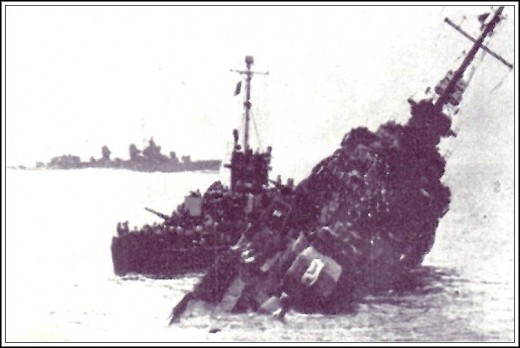
In April, 1945, the Willie Dee was part of the invasion of Okinawa. By now, the greeting "Don't shoot, we're republicans" was commonplace. There was no doubt about it, the ship was jinxed. Had someone thought of it, the war might have been considerably shortened if the United States had simply turned the ship over to the Japanese. She was a portrait in the study of Murphy’s Law. Her next feat of valor was accidently spraying the destroyer Luce along the sides and superstructure with gunfire.
With such a record, one would think the ship would’ve sunk sooner or later. It did on June 10th 1945 after a Japanese kamikaze bomber crashed alongside and exploded beneath her. Amazingly, no Americans were injured in the attack. What great timing for her luck to change.

